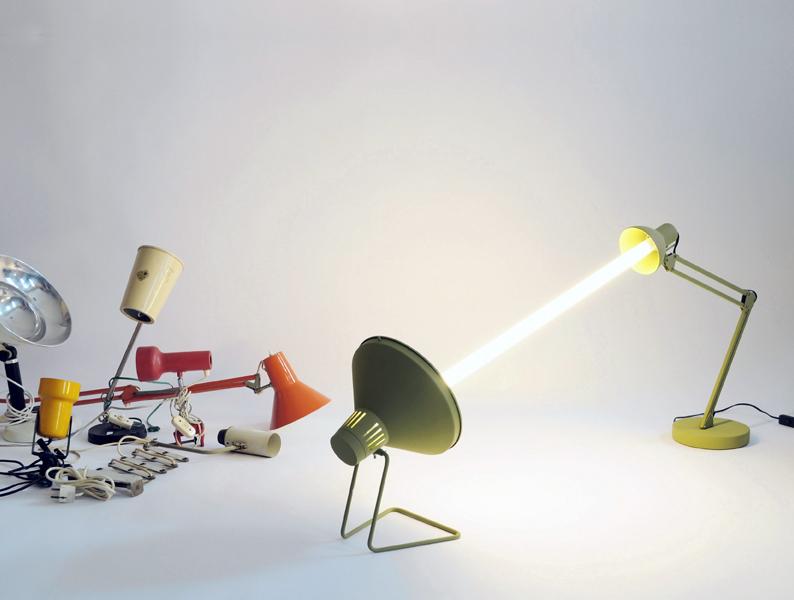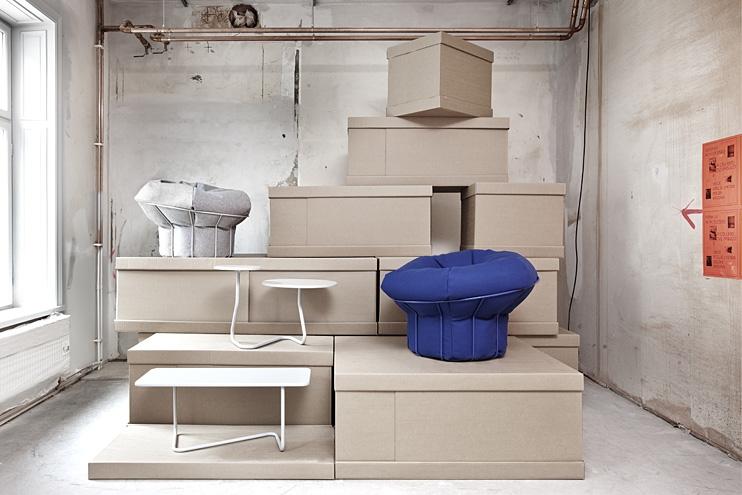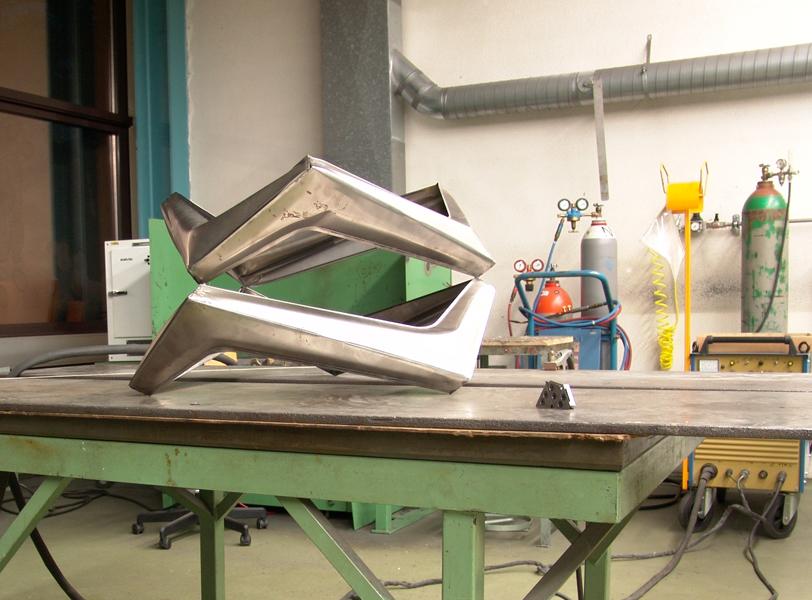
02.04.11
Up and Coming
Mischer Traxler, Designers
As a high school student in Vienna, Thomas Traxler followed a course of study fairly typical for Austrian teens. Having had the choice to either study liberal arts — as his future partner Katharina Mischer was doing — or to specialize, he chose to immerse himself in the world of automation techniques. Typical school projects included constructing a kind of assembly-line handling system to transfer goods from one conveyor belt to the other. “It prepares you to work in an engineering office constructing machines that eliminate the need for people,” Traxler, now 29, explains. “It wasn’t creative at all; you had to make things the cheapest, fastest, most durable, and easiest way. After the third year, I knew I didn’t want to continue.” When he ended up at design school as an undergrad, where he met Mischer, the pair were pretty much coming from opposite worlds: She was interested in art, nature, and the unexpected, and he was still learning how to reconcile those things with his inclination for the mechanical. So in a way, their collaboration was both perfect and inevitable. “In technical school you’re trained as a technical idiot — you’re not meant to think out of the box,” he says. “So it’s important to have the perspective of someone who’s not in the box.”

